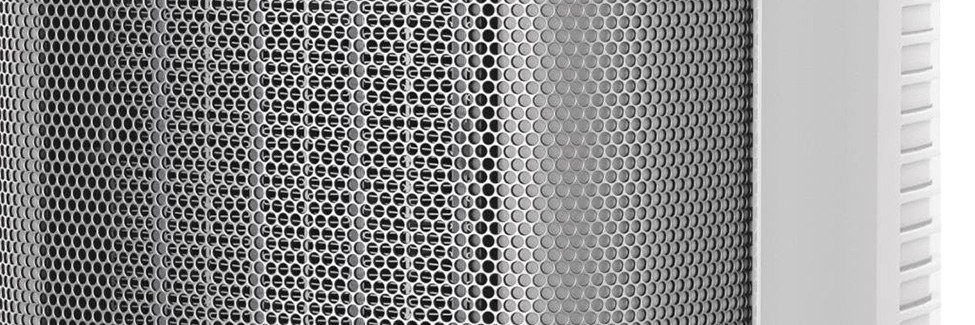
How Do Air Conditioners Work?
There’s nothing quite like baking under the sun on a hot summer day and finding a refuge with AC. Air conditioning systems keep our homes and businesses cool and comfortable. However, not everyone knows how air conditioning systems work. If you’re one of those folks, this article’s for you!
Knowing how air conditioning systems work is extremely helpful, especially when choosing the right air conditioner, conducting routine maintenance, and diagnosing issues.
Air conditioners are designed to cool indoor environments. More specifically, they transfer heat from one area to another. It all comes down to basic process of refrigeration.
Why Air Conditioning Works
An air conditioning system uses chemicals with low boiling points (called refrigerants) that convert form gas to liquid form and back again. This cycle absorbs and emits heat, cooling areas that you need, and expelling heat as exhaust. That’s why central cooling systems have outside units, and all portable air conditioners need to be vented outside.
All air conditioning units – from window AC units to portable AC units to central AC – have four major components: a condenser, a compressor, an expansion valve, and an evaporator.
When the refrigerant starts, it enters the compressor as a gas, where it’s (you guessed it) compressed, increasing the temperature of that refrigerant. Then, that high-pressure gas moves to the condenser, where the refrigerant rapidly moves through fins where heat is radiated away, turning the gas into a liquid, getting rid of heat quickly and efficiently. That liquid then hits the expansion valve, where both temperature and pressure decrease. This is where the cooling effect comes in.
In the final step, an air conditioner’s refrigerant moves over an evaporator, usually an area with a high amount of surface area, that absorbs heats from an indoor area and takes it outside. A fan is often used to circulate the cooler air that forms around an evaporator. Like the name implies, the liquid refrigerant then evaporates back into a gas, returning to the compressor to start the cycle all over.
This cycle continues until the temperatures in your house or office reaches the desired point. Once the thermostat in the air conditioning unit detects that the temperature in the house has reached the desired point, it automatically shuts down the air conditioner, only restarting when the temperature changes.
Benefits of Air Conditioners
Now that you know how air conditioners work, why would you want one?
- An air conditioning system ensures that your home remains comfortable during warm months. They also reduce the humidity levels in the house – depending on where you live, you might want to think about getting an accompanying humidifier.
- Air conditioners clean the air inside your house. As an air conditioner draws out warm air, new air is passed through filters that get remove airborne particles like lint and dust. Some filters are capable of removing microscopic pollutants as well.
- Air conditioners keep temperature consistent. This not only makes for more comfortable living but protects furniture, musical instruments, and hardwood floors against warping.
Need more information? Check out our air conditioner research guide, and view the video below:
Still have questions? Ask an HVAC expert directly via chat or phone.
Published on 2018-11-12 by Ben Travis
Last updated on 2021-06-08


